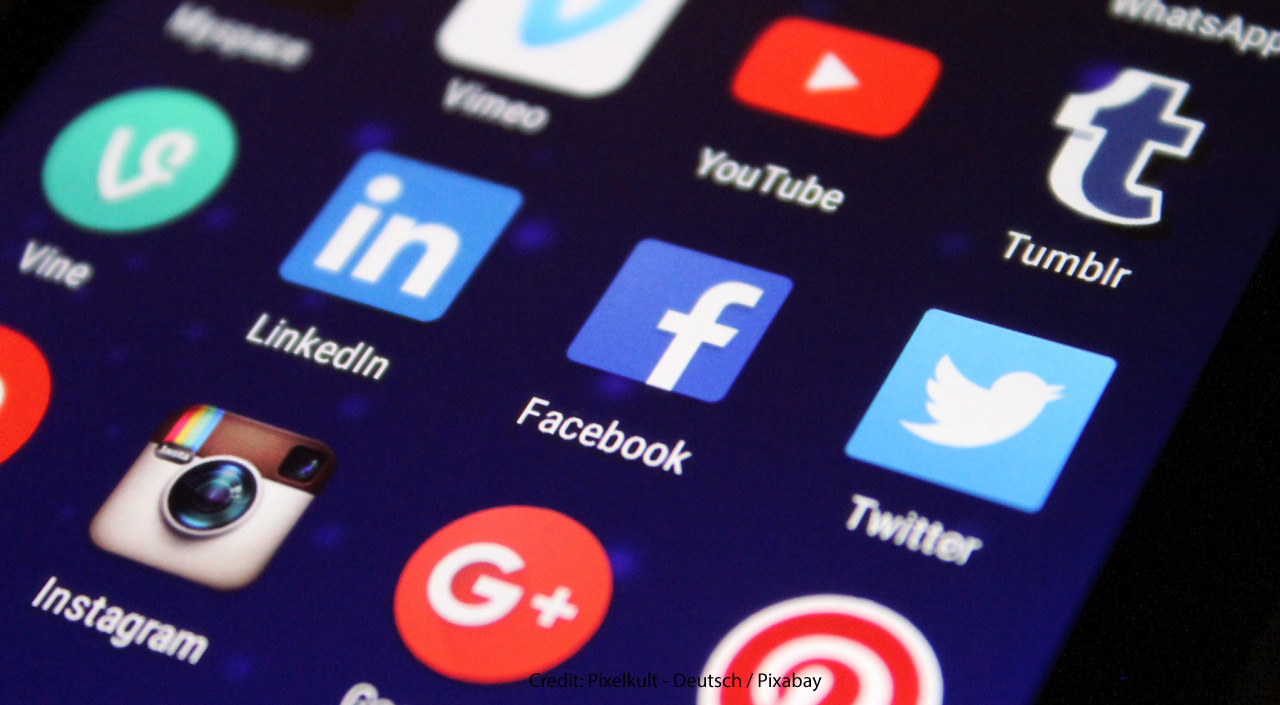Life in the Time of Social Networks
Advancements in technology have changed how we consume news and information considerably over the past few decades. Growing up in a time before the internet existed, news or information consumed then came to us through a handful of forms. To get reference material for school reports, we would have to go to the library and check out books related to the topic. The Encyclopaedia Britannica was the “go to” reference guide and a big investment for many households. News would be received either through newspapers, magazines, televisions, radios, or through the grapevine. Letters were how we corresponded with family, friends and loved ones living farther away.
It was a different time back then, and time seemed to move at a different pace now. The advent of the internet and advancements in technology promised greater efficiency and productivity so that we could do more in less time and have more time to live our life. Little did we know then that technology would give birth to social networks which are now consuming a lot of our precious time.
The first recognizable social network site was created in 1997 called Six Degrees, and it was based upon the concept of “six degrees of separation”. Before that, chat rooms based on internet relay chats or IRCs were platforms where youngsters met friends online. Friendster, Hi5 and Myspace soon followed suit and were popular online platforms where users could upload photos, share and comment with friends. Interaction required the use of a computer and dialing in with 56K modems. There were no such things as accessing the internet through cell phones, yet. A cell phone was simply a cell phone and if you owned one with a blue screen, you were carrying the latest technology.
The technology boom in the early 2000s provided the infrastructure of today’s world with decreases in the price of broadband technology, creation of Google, Facebook, Twitter, iPhone, and Wi-Fi, to name a few. Nowadays, finding someone without a Facebook, Instagram or Twitter account is a rarity. Within its first year of operations Facebook achieved its one millionth registered users in 2004. As of December 2018, Facebook had over 2.32 billion monthly active users with 1.15 billion mobile daily active users. On a daily basis, 1.52 billion people log onto Facebook. Over 30 percent of the world’s population owns a Facebook account not including other social networking sites such as Instagram, Flickr, LinkedIn, Whatsapp, Snapchat or Twitter. The statistics are astounding.
According to a Pew Research Center survey of US adults, roughly three quarters of Facebook users and around six in ten Snapchat and Instagram users visit the sites daily. The Nielsen Total Audience Report for Q1, 2018 also revealed that adults spent almost four hours per day on digital mediums with 62% of the time attributed to smartphone usage. It’s no wonder social networks addiction is now being diagnosed and taken seriously. Sleep depravity, depression, anxiety, and anger management issues are but a few of the social problems arising from social network addiction. People are now undergoing therapy to treat their addiction, and since 2018, Apple and Google have offered screen time statistics to let users know exactly how much time they are using on social networks, so that they can make better use of their time.
Apple and Google’s decision to offer time screen statistics is a step in the right direction for time spent digitally is not necessarily wasted if we understand how to use social networks for all its benefits and wealth of information. Many users are now starting to understand and learning how to live a quality life in the time of social networks. Balancing our offline and online lives has become a challenge, and the prerequisite is that we have to be aware of our interactions and relationship with our smartphones and social networks. At the end of the day, it all runs down to how we choose to spend our precious time, for our time is finite.







